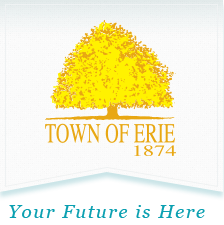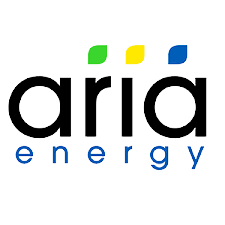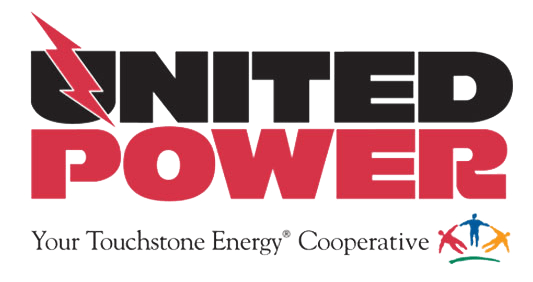Landfill Green Energy Project

Benefits
Landfill gas might be considered the ultimate re-renewable because it recycles trash. And, unlike solar or wind, landfill gas is considered a baseload renewable which means it produces energy 24 hours a day 7 days a week. According to the EPA, here are the environmental and economic benefits of using landfill gas:
Environmental Benefits
- Landfill gas is a safe and renewable energy source.
- Using landfill gas reduces the need to use more polluting forms of energy.
- Using landfill gas reduces health and community risks, such as air pollution.
- Landfills that use their landfill gas tend to be better managed and make better neighbors.
Economic Benefits
- Landfill gas is a cost-effective, reliable, and local source of energy.
- Using landfill gas can generate economic benefits for the community.
- Developing and maintaining a landfill gas energy project creates local jobs.
- A landfill with good power potential can attract business to the community.

How it Works
According to the EPA, “When municipal solid waste is first deposited in a landfill, it undergoes an aerobic (with oxygen) decomposition stage when little methane is generated. Then, typically within less than 1 year, anaerobic conditions are established and methane-producing bacteria begin to decompose the waste and generate methane.
Landfill gas (LFG) is a natural byproduct of the decomposition of organic material in landfills. LFG is composed of roughly 50 percent methane (the primary component of natural gas), 50 percent carbon dioxide (CO2) and a small amount of non-methane organic compounds.
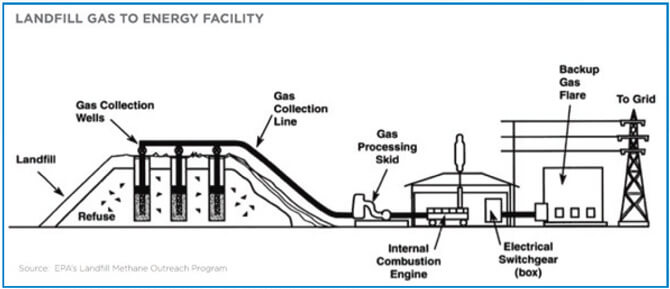
Converting Landfill Gas to Energy
Instead of escaping into the air, LFG can be captured, converted, and used as an energy source. Using LFG helps to reduce odors and other hazards associated with LFG emissions, and it helps prevent methane from migrating into the atmosphere.
LFG is extracted from landfills using a series of wells and a blower/flare (or vacuum) system. This system directs the collected gas to a central point where it can be transported, compressed, and filtered before it is combusted to generate electricity.
Erie Green Energy Project
The success of the Erie Landfill Gas to Energy Project which launched in 2011, involved the support of the Town of Erie, Colorado.
And, the contributions of:
Waste Connections Inc.
The Front Range Landfill is a wholly owned subsidiary of Waste Connections, and they are an EPA Landfill Methane Outreach Program (LMOP) Partner. In addition to this project, they are working to develop LFG energy project at additional viable landfills they own in Colorado and other parts of the United States.
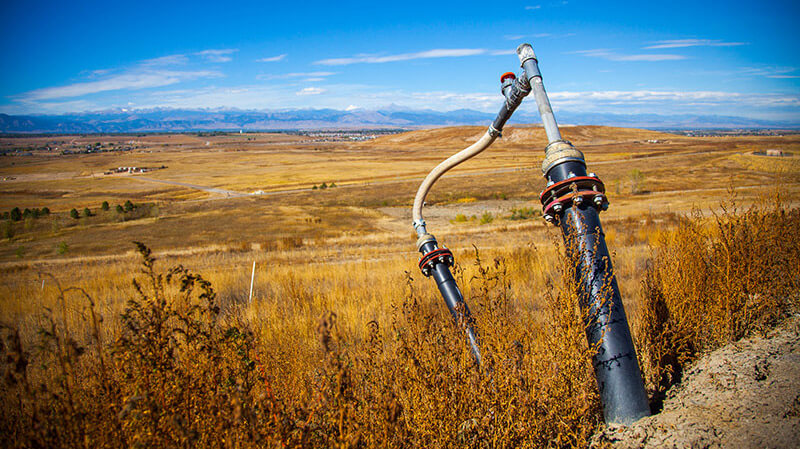
Gas Wellhead at the Front Range Landfill in Erie, Colorado
The wellhead is a point in the landfill gas collection system for flow control and monitoring.
*Note: formerly known as Landfill Energy Systems and Timberline Energy
Richard DiGia, President
"We are proud to be part of this project. Capturing an otherwise wasted resource and turning it into energy here in Erie. We are doing our part to help the State of Colorado meet renewable energy goals. Landfill gas itself represents a baseload (or constant) resource of renewable energy. Think about some of the other renewable energy sources – wind and solar. Wind only produces power when the wind blows. Solar only produces power when the suns out. But landfill gas projects...we run 24/7.
We are really a big part of the renewable energy solution here in the U.S. helping us displace fossil fuels. This plant is only one of two plants located in Colorado.
We plan on being here a good, long time – providing reliable – low cost – renewable energy to the citizens of Erie and Colorado."
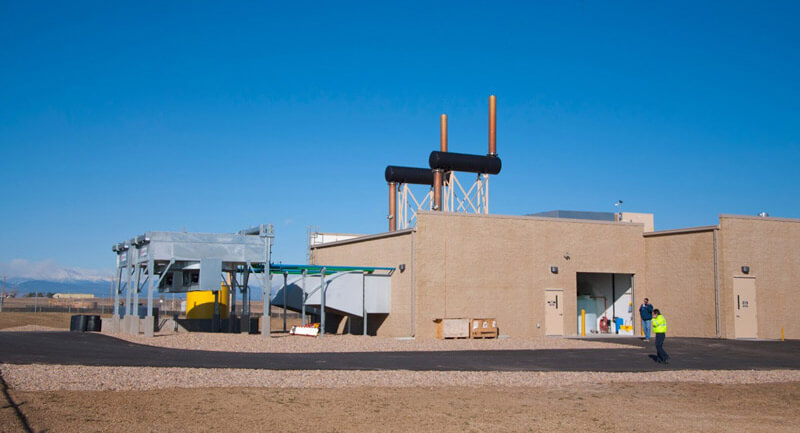
Aria Energy's Gas-to-Energy Plant
The generating plant is owned and operated by Aria Energy. It operates 24 hours per day 7 days a week. This project operates at a 90% plant factor which means that it is producing full output 90% of the time on an annual basis.

Aria Energy's Power Plant Features Caterpillar Engines
The Aria Energy plant features 2 Caterpillar G3520 engines that convert the landfill gas to electricity. The project makes 24,000,000 kwh's a year – enough to offset the annual usage of 3,000 homes.
"United Power's role in this is to be the off-taker of the energy. What we provide is a revenue stream for the developer to help make this project pay out over the period of its operation. And, we signed a power purchase agreement for the next 10 years to buy all the output produced by this facility.
This project operates at about 3 Megawatts – United Power has an annual peak load of about 300 Megawatts – so today it provides about 1% of our peak load needs".
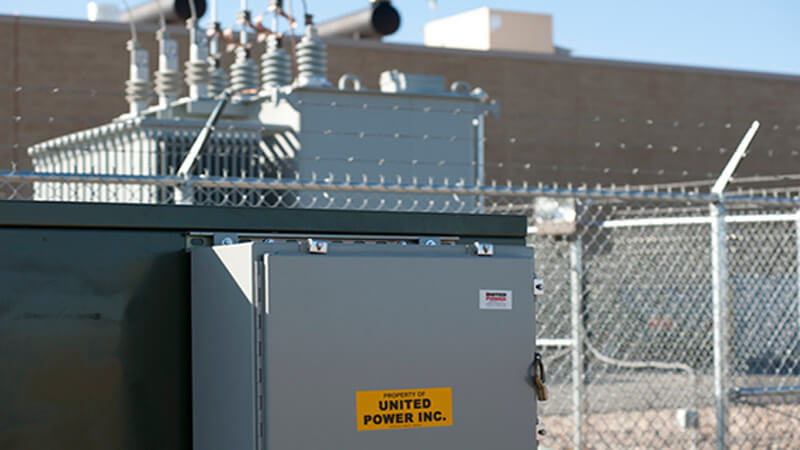
United Power has a 10-year agreement to purchase power from Aria’s plant.
United Power's 2011 Video - Erie Landfill Methane to Megawatts Project.

